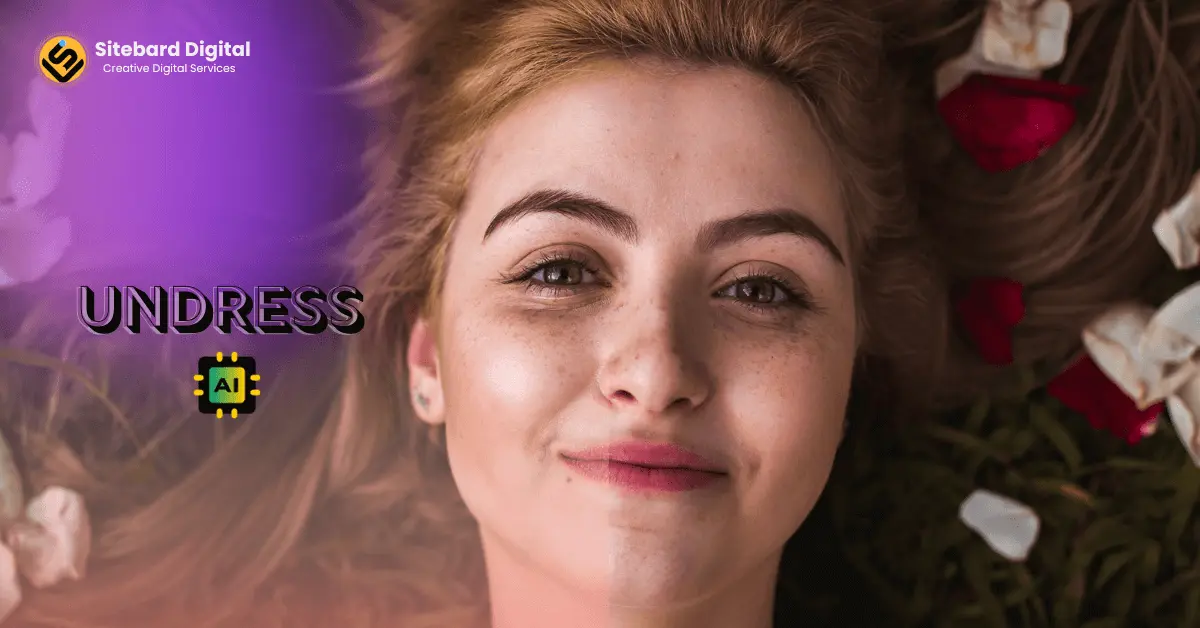Undress AI: Explore Free Tools & Image Editing
Can artificial intelligence truly strip away the barriers of reality, offering us the power to reshape images in ways once confined to the realm of imagination? The rise of "undress AI" tools presents a fascinating, yet ethically complex, frontier in the world of digital manipulation, inviting us to explore the boundaries of creativity and responsibility.
The allure of these technologies is undeniable. Imagine, with a few clicks, altering the garments of a photograph, experimenting with different styles, or even generating entirely new visuals. This ease of access has fueled the rapid growth of AI-powered photo editing, with a specific focus on tools that can remove clothes from images. Services like "Undressher AI," "Slazzer 3.0," and "Clothoff" are among those that promise to make these once-difficult tasks simple, accessible, and, in many cases, free of charge. The promise is enticing: the ability to effortlessly swap outfits, change colors, or create entirely new scenarios with just a few taps on a screen.
To better understand the landscape of these technologies, let's delve into the mechanics of how these tools operate. Many of these AI-powered applications leverage sophisticated neural networks, a form of artificial intelligence algorithm, to analyze and process images. Users upload photos, and the AI system identifies the presence of clothing. Then, through a complex process of pattern recognition and image generation, the algorithms attempt to "undress" the subject, creating a new version of the image. The results can vary significantly, with some tools producing more realistic results than others.
| Feature | Details |
|---|---|
| Technology Type | AI-powered image manipulation, utilizing neural networks and machine learning algorithms. |
| Primary Function | Removal of clothing from photographs, allowing for the alteration of outfits, styles, or the generation of nude or semi-nude images. |
| User Input | Typically involves uploading an image (jpg, png, webp formats are often supported, with file size limitations usually around 20 MB), and potentially customizing settings to guide the AI's processing. |
| Processing Time | Varies depending on the tool and the complexity of the image, but many services advertise results "in seconds" or "instantly." |
| Output Formats | The output is typically a modified image, often available for download in similar file formats to the input. |
| Ethical Considerations | Significant concerns regarding privacy, potential misuse (e.g., non-consensual image creation), and the spread of deepfakes. |
| Examples of Platforms | Undressher, Slazzer 3.0, Clothoff, Muke's Undress AI, PTool's AI Clothes Remover, Undress.app, Pincel AI |
| Cost | Many tools offer free versions with limited functionality. Premium versions may unlock additional features and higher-quality results. |
| Key Features | AI clothes removal, outfit swapping, color changing, style exploration, and in some cases, animeify and faceswap functionalities. |
| Privacy Policies | Some platforms emphasize a commitment to not saving user data, to address privacy concerns. |
| File Format Supported | (jpg, png, webp) |
The ease of use is a common selling point. Many platforms boast a straightforward process: upload an image, customize settings (if any), and let the AI do the work. Some tools even allow users to specify the type of "undress" desired or to select specific areas of the image to modify, offering a degree of control over the final result. Some sites go further and allow the alteration of the models lingerie from a classic black to a playful pink or a vibrant blue with just a click. Tools like "Pincel AI" state it has you covered, or uncovered, in seconds.
Several platforms claim to offer these services for free. "Undress VIP" and "Slazzer 3.0" are examples of tools that advertise their capabilities as being freely accessible online. However, the term "free" often comes with caveats. While the core functionality may be available without charge, users might encounter limitations such as watermarks, reduced image quality, or restrictions on the number of images that can be processed. Furthermore, free versions of these tools may also expose users to more aggressive advertising or data collection practices.
The appeal of these tools extends beyond mere curiosity. For some, they offer a creative outlet, a way to experiment with different styles and looks without the need for complex editing software or professional expertise. Fashion enthusiasts might find them useful for visualizing outfits or testing different color combinations. Others may be drawn to the novelty of being able to quickly change the clothing in any photo. Some of these tools have expanded into other capabilities such as animeify and faceswap, offering greater creative control.
Undress AI is, as an innovative undress AI tool, it operates as a free online service with no need for registration. The platform supports various file formats and allows for the rapid removal of clothing from uploaded photos. It's a great way to undress any person online. "Undressing AI" and similar platforms support various file formats and allow for the rapid removal of clothing from uploaded photos.
The ethical considerations surrounding "undress AI" are substantial. The technology has the potential for misuse, including the creation of non-consensual intimate images, the spread of deepfakes, and the invasion of privacy. The ability to easily alter photographs raises significant concerns about the potential for harm, particularly when used to target individuals or spread misinformation. The rapid generation of potentially compromising images presents a risk that these tools can be used for malicious purposes.
Several platforms claim that their services are intended for entertainment or creative purposes. They may emphasize a commitment to responsible use or include disclaimers about the potential misuse of their tools. However, the very nature of these technologies makes it difficult to fully prevent their misuse. The tools are available for anyone to use, and it is challenging to control how individuals choose to employ them. The development and deployment of such technology are a double-edged sword.
The legal landscape surrounding "undress AI" is still evolving. As the technology becomes more sophisticated and widespread, legal and regulatory frameworks will need to adapt to address the specific challenges it poses. Issues such as consent, privacy, and the distribution of manipulated images will likely be central to these legal discussions. The question of who is responsible for the misuse of these tools the developers, the users, or both is one that courts and lawmakers will need to grapple with.
Some platforms address privacy concerns by emphasizing that they do not save user data. However, these assurances are often difficult to verify, and even the most well-intentioned platforms may be vulnerable to security breaches. The potential for data leaks or unauthorized access to user images is a significant risk. The reliance on third-party servers and cloud-based processing further increases the risk.
The emergence of these tools raises fundamental questions about the nature of reality and the role of images in shaping our perceptions. As the line between the real and the digitally manipulated blurs, it becomes increasingly difficult to determine the authenticity of the images we encounter online. This can have implications for everything from personal relationships to political discourse.
Beyond the ethical and legal considerations, the technical limitations of these AI tools are worth noting. While the quality of results has improved significantly in recent years, "undressing" an image remains a complex task. The AI must accurately identify and remove clothing while maintaining the realism of the underlying body and background. This can be particularly challenging in complex scenes or with images of low quality. The ability to get desired results is largely dependent on the quality of the image uploaded.
Users are advised to approach these tools with a critical eye, understanding that the results are not always perfect or realistic. Also remember the file size limitations, with the maximum file size often capped at 20MB. The user also can explore the basic functionalities of the platform.
As the technology behind "undress AI" continues to evolve, we can expect to see further improvements in image quality and functionality. However, it is crucial that this development is accompanied by a robust ethical framework and a commitment to responsible use. The potential for harm is too great to ignore. As we look to the future, we should ask ourselves, are we prepared to handle the complex ethical and societal implications of this powerful technology?
In conclusion, the realm of AI-powered photo manipulation presents a fascinating and complex landscape. Tools that remove clothing from photos, while offering creative possibilities, also raise serious ethical concerns. The potential for misuse, privacy violations, and the spread of misinformation demands a thoughtful approach. The question remains: can we harness the creative power of these tools while mitigating the risks they pose? The answer lies in a careful balance of innovation, ethical guidelines, and a shared commitment to responsible use.


Detail Author:
- Name : Herman Gusikowski
- Email : tevin96@hotmail.com
- Birthdate : 1979-10-15
- Address : 5643 Schmidt Field Joeyborough, VT 75999
- Phone : +1.386.973.4472
- Company : Mills Ltd
- Job : Log Grader and Scaler
- Bio : Sed accusantium reprehenderit iure ullam aspernatur sunt temporibus ipsam. Id minima voluptatum nihil. Occaecati facilis eos beatae.